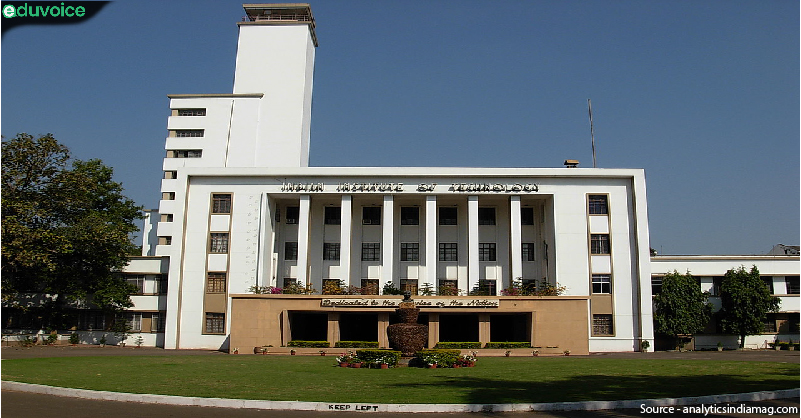Internationalization of the Indian higher education system is the need of the hour and a multi-pronged approach is required for it, NITI Aayog CEO Amitabh Kant said on Monday (14 December) in a session titled, ‘Internationalisation of Indian Higher Education System’ at the India Pavilion in EXPO2020 Dubai. “The National Education Policy (NEP) 2020 envisions […]
Tag Archives: Internationalisation
The Indian Institute of Technology in Delhi (IIT-D) is planning to open two campuses in Egypt and Saudi Arabia as part of global outreach and expansion of top Indian institutes including the elite IITs that will boost the higher education sector. Such an expansion overseas of top Indian universities will have multiple positives. For one, […]


